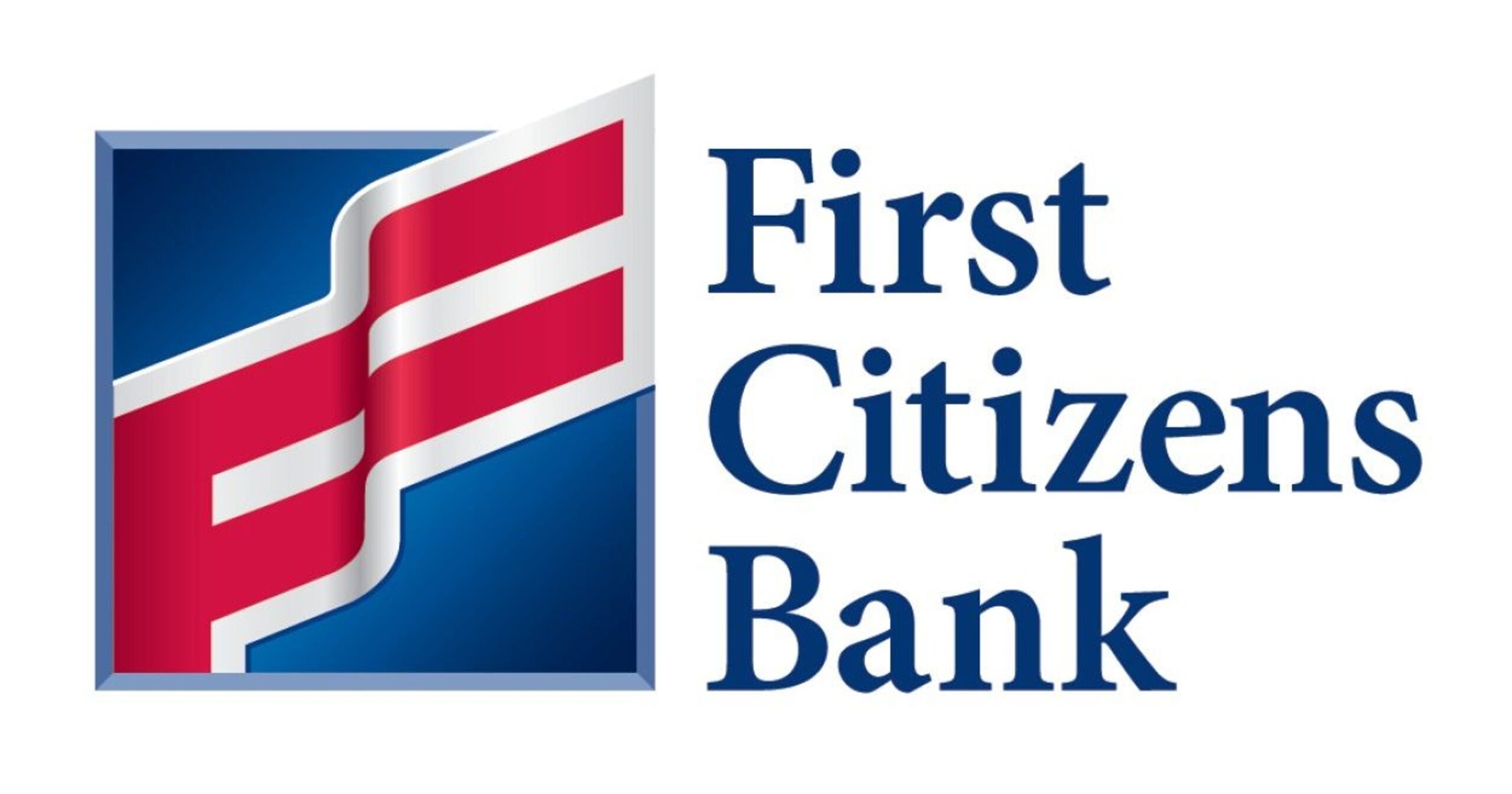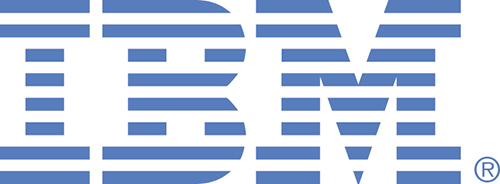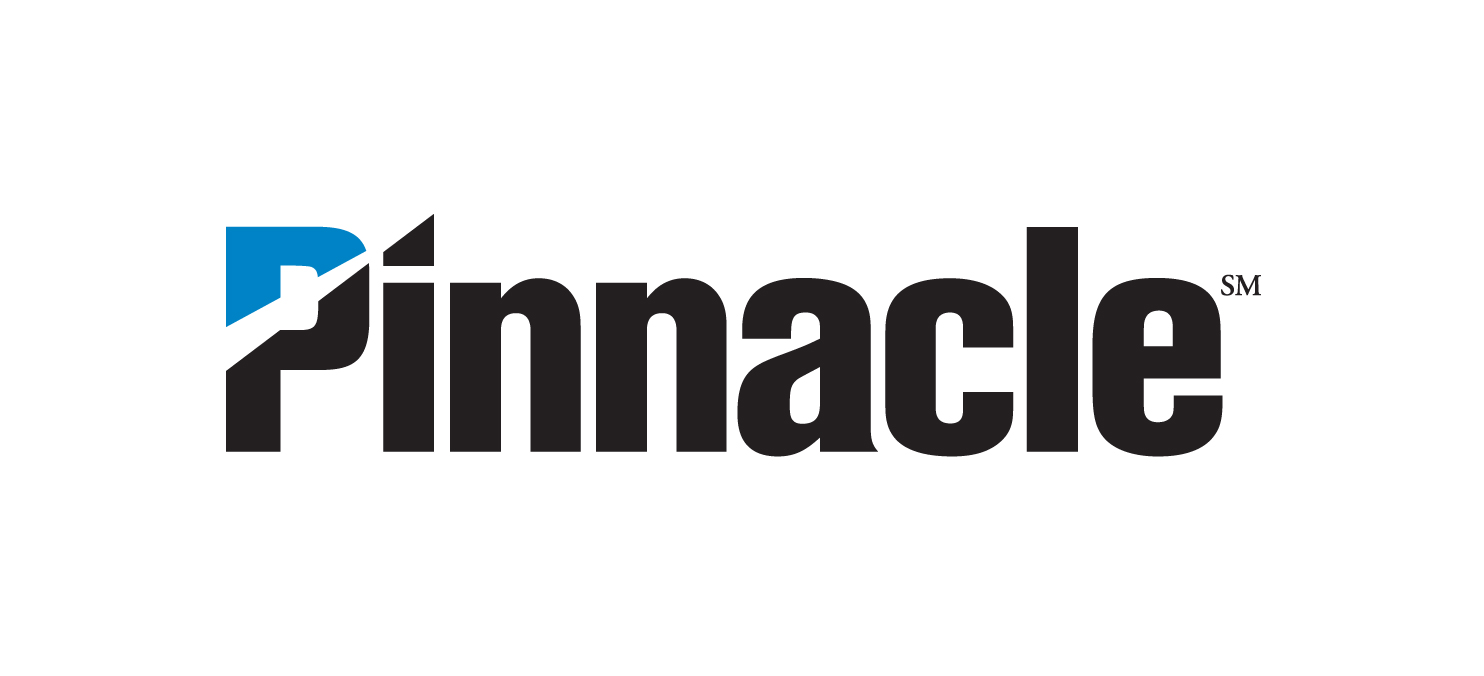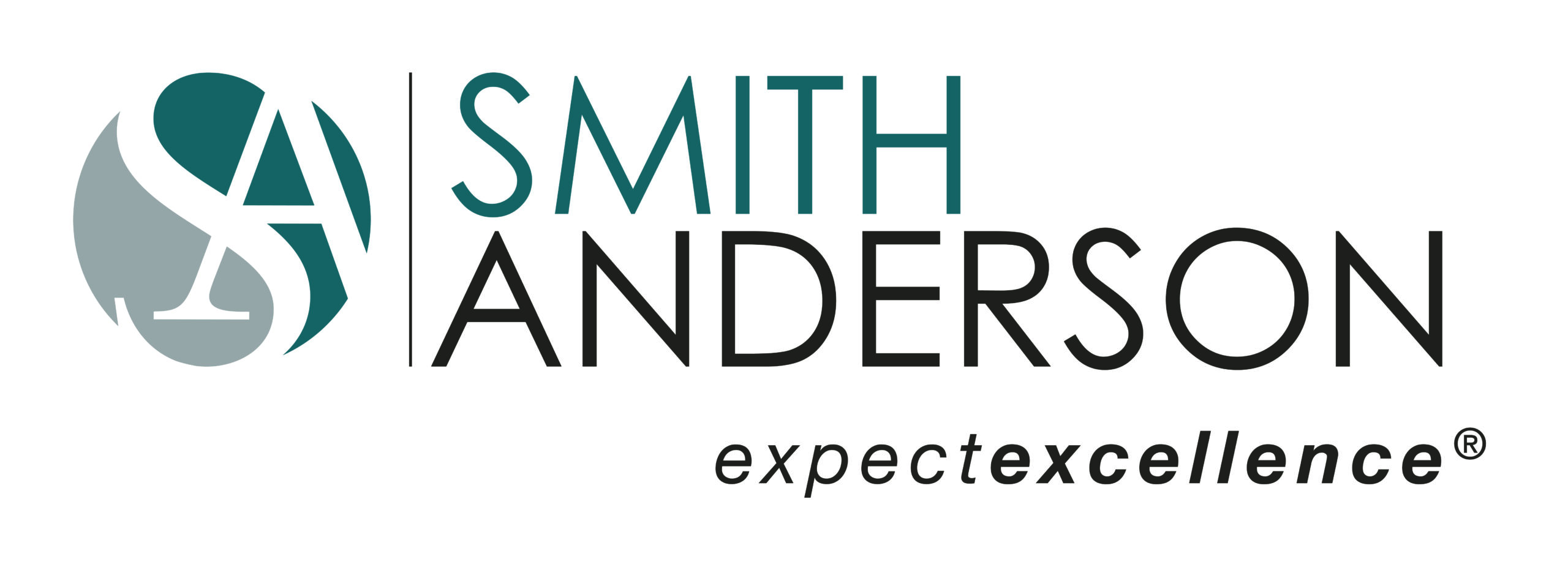Let’s get moving on transit
- June 27, 2019
- Posted by: Joe Milazzo II
- Category: Blog, Thursday thoughts at 3

The regional business community led a delegation of more than 60 Triangle-area leaders to Richmond, Alexandria, and Arlington, Virginia last week to visit and learn about many transit options. The goal for our visit was to inspire vision and action for accelerating enhanced transit in the western Triangle and across our region.
We traveled with a sense of purpose, and of urgency. We were looking to identify mobility solutions that can work – and can be implemented quickly.
What follows is a summary of what we learned in Virginia, and some implications for action in North Carolina.
Bus rapid transit can serve a variety of people, in a variety of contexts – and commuter rail can provide relief
We visited various forms of bus rapid transit in central and northern Virginia – the Crystal City-Potomac Yard Transitway serving both Alexandria and Arlington and the Richmond Pulse in Virginia’s capital city. We also learned about the Montgomery County (Md.) FLASH BRT, under construction in suburban Maryland. We discussed transit frequency, funding, land use, and more.
What we found was a diversity of bus rapid transit options. The cost of the Richmond and Northern Virginia BRT systems were around $8 – $10 million per mile; the simplified system opening soon in Montgomery County, Maryland is $3 million per mile. The stations in the three communities were all different, and quite attractive, with the Richmond Pulse even having bus arrival countdown lights at each station. The various BRT corridors had segments with dedicated lanes on the curbside, or in the middle of the street – while other sections had part-time dedicated transit lanes along the curb, and still others with mixed traffic.
The point was clear to us – there are a variety of ways to build bus rapid transit, and there are range of options that can be both cost-effective and context sensitive – even within the same system.
High frequency throughout the day was also important – BRT service came every 10 to 12 minutes in both Richmond and Northern Virginia during mid-day, while the upcoming system in Montgomery County will have 15 minute mid-day frequency. Rush hour frequencies are or will be as good or even better for each system.
Partnerships were also vital – Virginia Commonwealth University is literally paying their area transit agency to buy down the mid-day headway from every 15 minutes to every 10 minutes, which reduces wait times between buses for students, faculty members, staff, and – even more importantly – every member of the community.
We also learned that who owns the transit infrastructure and who runs the transit service can be different. Case in point: the city of Alexandria and the county of Arlington own their respective portions of their BRT transitway – which makes sense, since they are also responsible for land use decisions and policy – while the Washington Metro regional transit agency runs the actual high-frequency BRT service along the entire route, with local transit service also using some of the dedicated transitway stations.
While much of the focus of our trip was on various forms of bus rapid transit, we also explored the Virginia Railway Express, a commuter rail system serving northern Virginia and Washington, DC., which provides peak relief to I-95 (and I-66). The VRE, which is actually a project of two regional transportation entities, receives more than 50% of its operating revenue from fares. To achieve that mandated recovery level, the service is frequent in the peak hour and direction (i.e., towards Washington in the mornings, and away in the afternoons), and essentially non-existent at other times, although multiple other bus routes serve those movements.
A point made by several of our speakers was profound: Don’t let perfect be the enemy of progress. Get something moving, and then make it better over time. Accelerate and then scale the solution, adjusting as need be.
The bottom line: elected, business, university, and community leaders alike were impressed with the variety of forms of bus rapid transit infrastructure and service – both for what they saw and learned about, and for the potential in our region. We also were pleased with the quality and productivity of the commuter rail service.
Our visit also highlighted the fact that these regions have bus rapid transit and commuter rail in place and/or only months from opening, while we are several years away from launching our first BRT lines or commuter rail. And of course we need new transit plans in the western Triangle counties.
Implications for our region
We recognize that our communities, region, and world are changing. New technologies – from electrification to machine learning to automation – are disrupting mobility, enhancing the travel experience, and creating opportunities to improve inclusivity.
When it comes to getting travel options in place here, it is clear from what we saw in Virginia that scalability, flexibility, and connectivity will be key – and we are committed to advancing the creation of those options.
While the situation surrounding the light rail in our area is not ideal, it does create an opportunity. We already have ongoing, dedicated local funding sources for each of counties that many other communities would welcome.
We have more momentum on transit than many realize. Our region is currently planning five bus rapid transit lines, covering more than 25 miles of streets, including one in Chapel Hill opening by 2023, plus four in Wake County, serving Raleigh, Cary, and Garner – all opening by 2027, with some corridors opening much sooner.
It turns out there is a real potential for BRT expansion and acceleration. Wake County may be able to use newly-available state funding to extend one of its proposed bus rapid transit lines – already being planned from Raleigh to Downtown Cary – to the border with Durham County. This will place BRT less than three miles from the emerging HUB RTP site in the heart of Research Triangle Park in southern Durham County.
As we noted in our joint statement in April, the regional business community supports enhanced regional transit, including high-capacity, effective transit connections between Durham and Chapel Hill, and enhanced transit linkages regionwide, including to Research Triangle Park, RDU Airport, Wake County, and Chatham County.
We are supportive of creating a regional bus rapid transit system that will link our north-south BRT corridor in Chapel Hill with the four BRT lines in Wake County and complement our upcoming commuter rail service.
We can begin with high frequency service along key corridors including NC 54 and US 15-501, including linking the extended BRT line in Wake County with HUB RTP. Doing so would also put it around 10 miles from the Orange Co. border.
For arterial and street corridors, we can incorporate traffic signal priority for buses at traffic signals, add dedicated lanes at key intersections, and continue to enhance the transit experience over time.
One question that has arisen is whether our communities should prioritize local/intracounty linkages, regional connectivity, or both. While the answer is certainly “both”, after our tour to Virginia, it is clear that we can focus on having each municipality build or reserve dedicated transit infrastructure where possible in their respective communities, while the decision of who operates enhanced transit services along those dedicated lanes or transitways could come later.
Another question from our tour is how we might ensure that our proposed commuter rail will be as successful as what we saw in Northern Virginia with the Virginia Railway Express, which serves thousands of riders each weekday while providing a critical relief valve for Interstates 95 and 66. Each of our organizations support the initiation of commuter rail to provide peak relief to I-40. We look forward to seeing the finalization of the upcoming studies to determine how to best leverage the state-owned North Carolina Railroad Company corridor to enhance passenger service options while maintaining freight operations.
Enhanced bus service along I-40 and other highways can complement commuter rail to ensure high-frequency, cost-effective linkages connecting Durham and Chapel Hill with each other and with Raleigh, Cary, RDU, and other key regional destinations throughout the day. Use of the shoulder of I-40 – and hopefully portions of NC 147 (future I-885) and 15-501 – can keep buses on schedule while we push for express lanes or shoulders on our freeways to provide additional reliability advantages for transit.
Let’s get moving
Having successfully led the Durham (2011) and Orange (2012) transit referenda, we remain committed to multi-modal, regional transportation solutions that work for the people and employers of our Triangle region.
Our Chambers of Commerce and the Regional Transportation Alliance will work with our partners to accelerate the opening of enhanced, frequent, and cost-effective transit connections. We need to learn from our Virginia experience, but we need to make those solutions our own for our communities and region given our commuting and travel patterns.
The Triangle region is spread out – with a variety of communities, employers, and employees in reasonable proximity. It is one of our strengths, but it requires a specific approach to make enhanced transit work effectively at a reasonable cost.
We have previously noted our commitment to the successful completion of the North-South BRT in Chapel Hill as well as the four BRT corridors and potential extensions in Wake County.
In addition, we are calling for the advancement of additional basic BRT corridors – starter lines, if you will – to accelerate high-frequency regional routes that will enable us to realize network benefits for our entire region. The whole will be greater than the sum of the parts.
The time to act is now, and perfection is the enemy of progress. Let’s get some pilot solutions in place. The regional business community will support a review of options – we are pleased with the recent action by the metropolitan planning organization serving the western Triangle to look at the potential for BRT along sections of 15-501 and 54 – but these and other reviews will need to be focused, and fast. For example, we could initiate a simpler form of bus rapid transit – perhaps along the lines of the “FLASH” BRT service and stations that Montgomery County, Maryland is constructing – while we are analyzing more extensive options for 54, 15-501 and other corridors.
We are more optimistic than ever about the future of transit in our communities and region. The business community will continue to lead on this issue in concert with our partners.
Aaron Nelson, IOM
President and CEO
The Chamber For a Greater Chapel Hill-Carrboro
Geoff Durham
President and CEO
Greater Durham Chamber of Commerce
Joe Milazzo II, PE
Executive Director
Regional Transportation Alliance
post reference: th3.2019.26

























